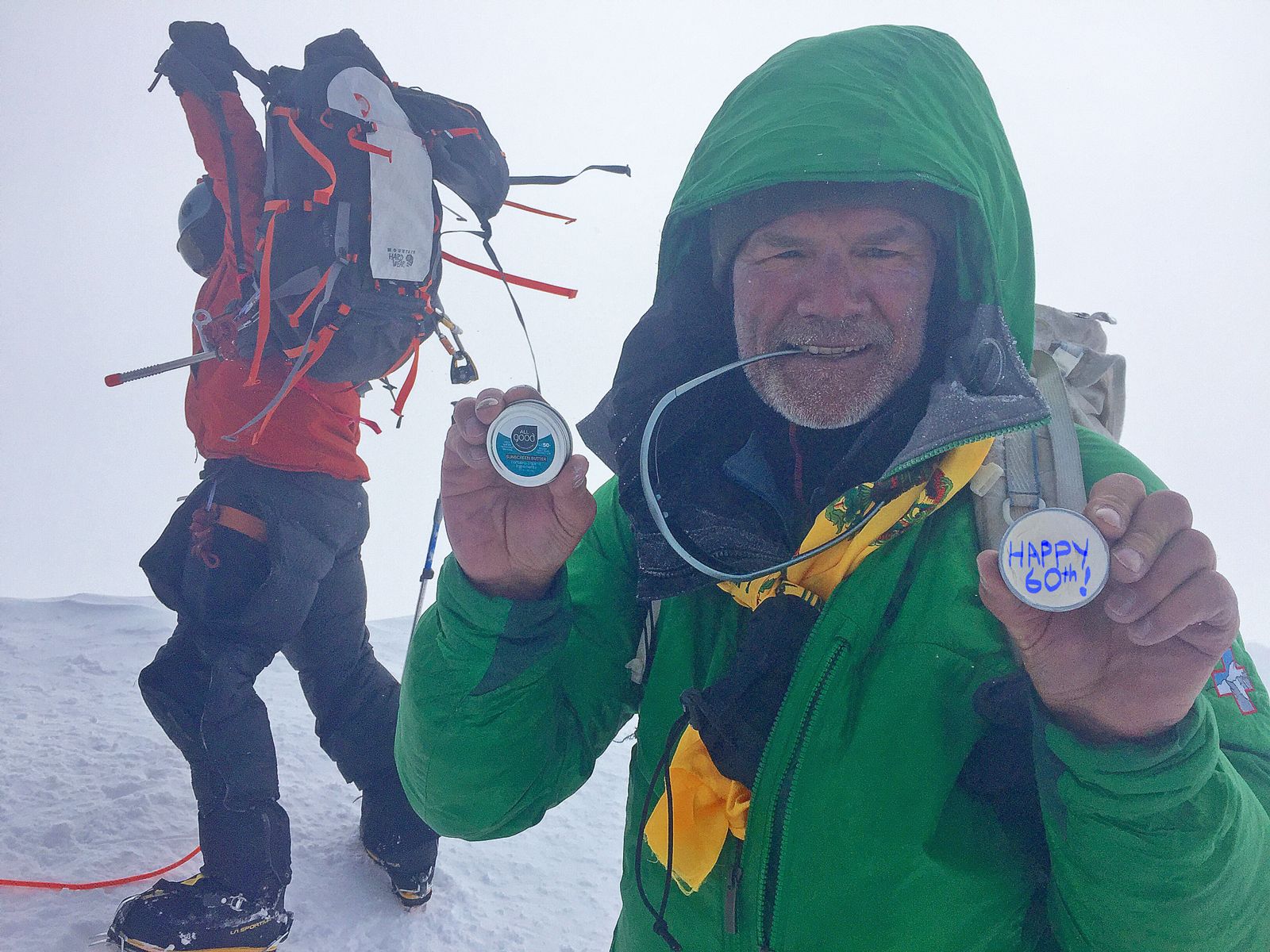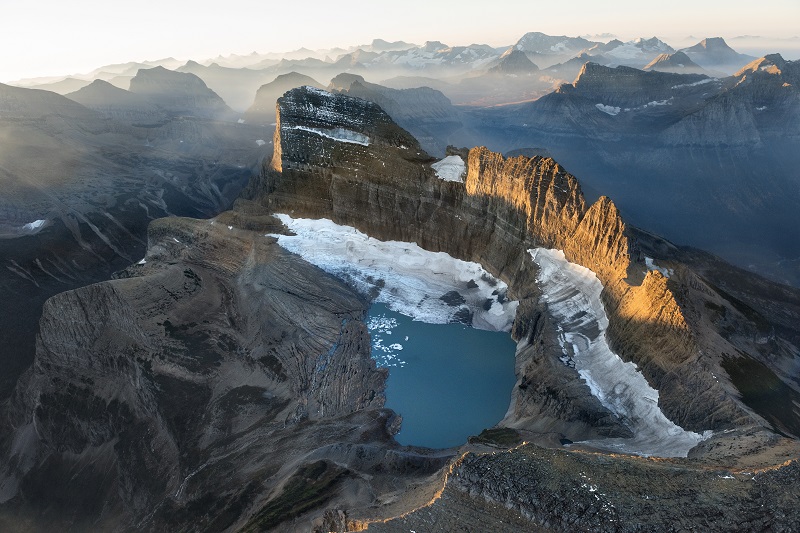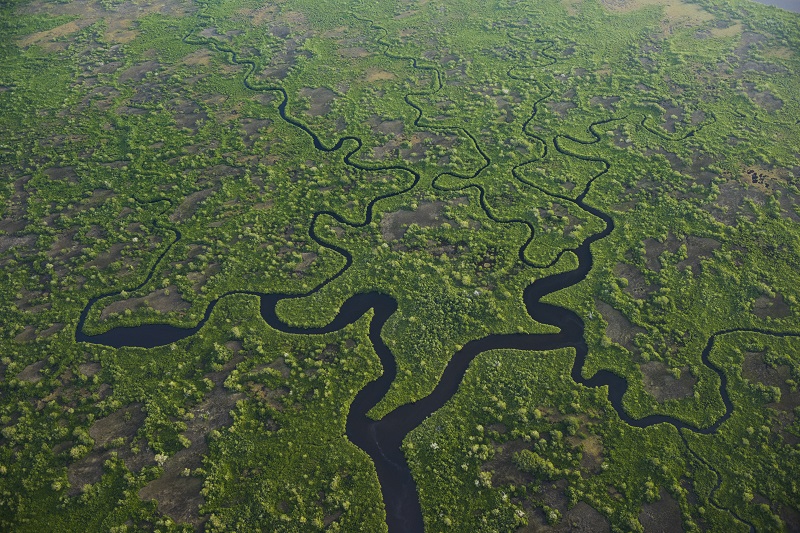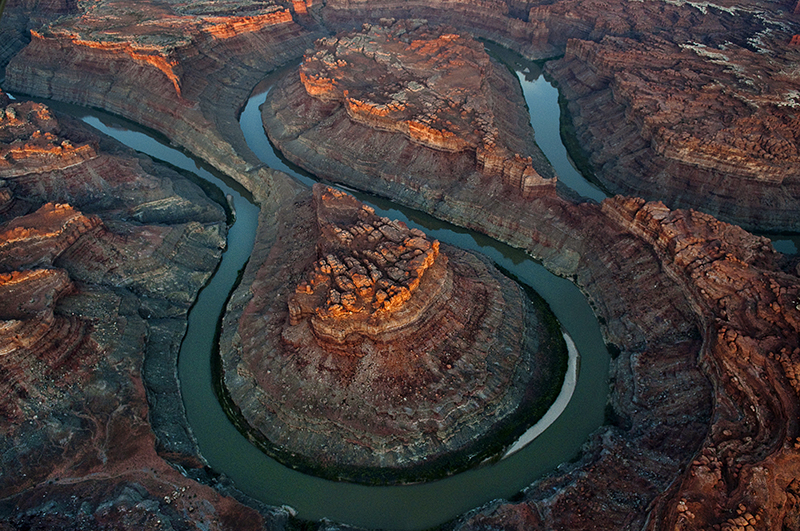-
ENP 21: National Geographic’s Jon Waterman: “Atlas of the National Parks” (Bonus Episode)
01/13/2020
 Jon Waterman park service patrol in Denali National Park, celebrating the centennial year of the national park service atop North America’s highest peak, Denali, on his 60th birthday. Photo by Jon Waterman.The latest resource for Everybody’s National Parks trip-planning isn’t an app; it’s Jonathan Waterman’s breathtaking hardcover National Geographic Atlas of the National Parks. Bryan chats with the award-winning author, filmmaker, and former park ranger about the book, his passion for the parks, as well as the role humans play in their survival. John also shares his list of favorite off-the-beaten-path parks you should visit.
Jon Waterman park service patrol in Denali National Park, celebrating the centennial year of the national park service atop North America’s highest peak, Denali, on his 60th birthday. Photo by Jon Waterman.The latest resource for Everybody’s National Parks trip-planning isn’t an app; it’s Jonathan Waterman’s breathtaking hardcover National Geographic Atlas of the National Parks. Bryan chats with the award-winning author, filmmaker, and former park ranger about the book, his passion for the parks, as well as the role humans play in their survival. John also shares his list of favorite off-the-beaten-path parks you should visit..jpg) More than any national park, people associate the Everglades with its colorful birds—more than 300 species' worth. Seldom seen birds such as flamingos, purple gallinules, storks, snail kites, roseate spoonbills, and American bitterns are regularly observed and easily photographed from January through March. The Anhinga Trail, in particular, has world-renowned bird-watching vantage points. (Walter A. Weber/National Geographic)
More than any national park, people associate the Everglades with its colorful birds—more than 300 species' worth. Seldom seen birds such as flamingos, purple gallinules, storks, snail kites, roseate spoonbills, and American bitterns are regularly observed and easily photographed from January through March. The Anhinga Trail, in particular, has world-renowned bird-watching vantage points. (Walter A. Weber/National Geographic)
The National Geographic Way: Storytelling Backed By Photos, Science, And Prose
“I wanted to inspire people about each of these 61 national parks. So I had to bear down and figure out the critical essence of each in order to write about them.” Mission accomplished. In this first-of-its-kind collection, John’s evocative prose is accompanied by the detailed graphics, maps, and gorgeous imagery that have defined National Geographic projects since the publishing nonprofit was established in 1888. Although listed as the sole author, he’s quick to point out that such a comprehensive look at the parks wouldn’t be possible without a dedicated team of experts supporting the mission. “[There’s] a hell of a lot of science and tectonics and geology and history thrown in there.” Those elements are woven into a compelling narrative throughout that ignites the imagination and prompts a greater interest in park preservation.
 The Garden Wall is an arête showing the Ice Age as architect: Ice sheets thousands of feet thick carved this narrow rock spine, just one park feature from valleys to mountaintops marked by moving ice. (Keith Ladzinski/National Geographic)
The Garden Wall is an arête showing the Ice Age as architect: Ice sheets thousands of feet thick carved this narrow rock spine, just one park feature from valleys to mountaintops marked by moving ice. (Keith Ladzinski/National Geographic)Man-Made: Perils and Protective Measures Within The National Parks
One park in critical need of support is Everglades National Park. John sounds the alarm with journalistic objectivity, reporting on the invasive flora and fauna gaining literal ground within the fragile ecosystem. Here, the Burmese python battles Florida’s native alligator supremacy. Without targeted and sustained assistance from humans, the long-reigning king of the swamp might lose and the Everglades could be changed forever.
On the flip side, John points to improvements such as paved motorways and loop roads as examples of manmade interventions that have reduced park damage. “In one sense, roadways within the parks are a bulwark against the impact because it channels the people and keeps them in one place.” He’s also a fan of cruise ships. You read that correctly. As he sees it, the cruise companies highly organized excursions funnel guests into parts of Denali National Park and Preserve and Glacier Bay National Park that can handle the crush of visitors.
 Life in the Everglades has long been defined by its water. When Lake Okeechobee would overflow in the wet season, it made a river that flowed through the park's saw grass marshes, forming what locals call the river of grass. (Keith Ladzinski/National Geographic)
Life in the Everglades has long been defined by its water. When Lake Okeechobee would overflow in the wet season, it made a river that flowed through the park's saw grass marshes, forming what locals call the river of grass. (Keith Ladzinski/National Geographic)Your Next Trip to National Parks Less-Travelled: Consider Gates Of The Arctic and Isle Royal Among Others
Although all of the parks are worth your time, John offers a few choices for those with the ability to seek out a less-popular park experience. Keep in mind this general rule of thumb: fewer people will make the journey the more challenging a park is to reach. Intrepid travellers will enjoy crowd-free visits to Alaska’s Gates of the Arctic. For those sticking to the lower forty-eight, Michigan’s Isle Royale offers wilderness adventure and starry solitude in the northern reaches of Lake Superior.
The big takeaway from the book, however, is to simply get out there and experience the national parks for yourself, whichever park you choose! Even parks close to urban centers like Saguaro National Park or Shenandoah National Park provide ample opportunities for connecting with nature. “Get out there and visit those other parks you haven’t been to yet,” he says. You’d be surprised just how quickly you can leave the modern world behind.
 The Loop, a double oxbow in Canyonlands, highlights water's power to carve its own path. The walls of this dramatic "entrenched meander" are 500 feet high—about as high as a 50-story building. (Pete McBride/National Geographic Image Collection)
The Loop, a double oxbow in Canyonlands, highlights water's power to carve its own path. The walls of this dramatic "entrenched meander" are 500 feet high—about as high as a 50-story building. (Pete McBride/National Geographic Image Collection)Wolves band together for survival during the harsh Denali winters. Over 10 wolf packs call the park home, and studies suggest the number of individual wolves there is climbing after a record low in 2016. (Aaron Huey/National Geographic Image Collection)
Discussion includes the following:[1:49] Books by Jonathan Waterman: Running Dry and In the Shadow of Denali: Life And Death On Alaska's Mt. McKinleyThe General Sherman tree is one of the world's oldest trees and the largest measured by volume. Its base stretches 37 feet across, and its widest branch is a whopping 6.8 feet in diameter. (Stacy Gold/National Geographic Image Collection)
[2:20] Beyond a guidebook: National Geographic’s role in creating the National Park System (NPS)
[6:15] Climate change chips away at natural wonders large and small: Tidewater glaciers, Everglades National Park, pileated woodpecker, Burmese python, cheatgrass
[8:03] Landscape fragility study: University of California, Berkeley Institute for Parks, People, and Biodiversity
[10:45] Dire NPS budget cuts for 2020?
[11:29] Staying on the beaten path (Part I): loop roads and popular trails at Yosemite National Park, Zion National Park, Glacier Bay National Park
[13:52] Limited Access and park privatization: weapons in the fight of loving the parks to death?
[16:36] Considering lesser-known park areas: Cades Cove vs Cataloochee, Great Smokey Mountain National Park, College Canyon, Zion National Park
[17:55] Opting out of the Grand Circle: Leaving Grand Canyon National Park, Arches National Park, and Bryce Canyon National Park for less-visited parks Crater Lake National Park, Sequoia and Kings Canyon National Park, Gates of the Arctic National Park, North Cascades National Park, Minnesota’s Voyageurs National Park, Michigan’s Isle Royal National Park, Dry Tortugas National Park in the Gulf of Mexico, and Utah’s Canyonlands National Park
[23:06] Staying on the beaten path (Part II): Visiting Wonder Lake in Denali National Park and Preserve like a tourist...and why that’s okay; National Geographic Lindblad Expeditions
[25:07] The city parks: Shenandoah National Park, Saguaro National Park, Petrified Forest National Park
[26:30] Park science
[28:30] Summits and ceremonial scarves: John shares a favorite Denali memory
JON WATERMAN CONTACT:
Website
Instagram
Facebook
Twitter
player
Podcasts
